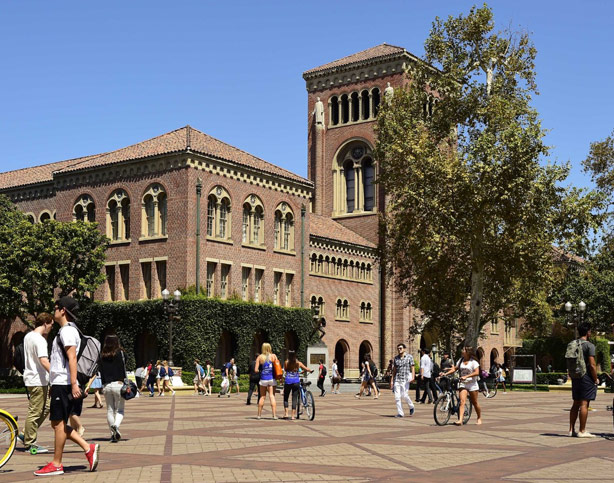Student Loan Forgiveness Was Blocked by the Supreme Court. What's Next?
On June 30, the Supreme Court struck down Biden's one-time student loan debt forgiveness plan, which was set to forgive up to $20,000 for 26 million borrowers. In response to the decision, the Biden administration announced new initiatives to protect student loan borrowers in the coming months. Here's what to know:
The one-time student loan forgiveness plan is over.
On Friday, the Supreme Court ended Biden's original plan for one-time student loan forgiveness in a 6-3 ruling. According to the justices, the 2003 HEROES Act does not grant authorization for extensive student debt relief, and any such initiative must receive approval from Congress.
However, the journey towards student loan debt relief isn't complete. The U.S. Department of Education will pursue student loan forgiveness through the Higher Education Act of 1965, a lengthier rule-making process that could take a year or longer.
Payments resume in October.
Student loan interest will resume starting September 1, 2023, and payments will be due in October. The debt limit deal approved by the Senate on June 2, 2023, prevents an extension of the federal student loan repayment pause without approval from Congress.
The "On-Ramp" initiative offers an extended grace period.
Shortly after the decision, Biden announced an "on-ramp" program to protect borrowers who may struggle with repayments after the three-year forbearance period. From October 1, 2023, to September 30, 2024, borrowers will not be reported to credit reporting agencies for missed, partial, or late payments. During this period, however, interest will continue to accrue. Further details will be released by the Biden administration later this summer.
What can I do now?
- Connect with your loan servicer. Make sure your contact information is current, review how much you owe, and confirm when your payments are due. Find your loan servicer by visiting your account at studentaid.gov and selecting the "My Loan Servicers" list.
- Explore income-driven repayment (IDR) plans. Qualified borrowers have access to four IDR plans that can help reduce their monthly payments. All those enrolled in the REPAYE plan will automatically be enrolled in the new SAVE plan this summer.
- Open a high-yield savings account or CD. Prepare for loan payments by saving money in a high-yield savings account or certificate deposit. By setting aside funds in a savings account specifically for student debt payments, you can practice managing your finances and prepare for the upcoming bill payments in October.
- Read our blog post on preparing for repayment for more action steps.
Make repayment manageable by refinancing.
Refinancing your student loan can help you pay off your debt faster and reduce your monthly payments. Explore USC Credit Union's flexible refi options and start saving today. Should you have any questions, don't hesitate to contact our friendly member-specialists. We're here to support you.
Sources:
Federal Student Aid, https://studentaid.gov/announcements-events/covid-19
TIME, https://time.com/6284294/debt-ceiling-student-loan-borrowers/
The White House, https://www.whitehouse.gov/briefing-room/statements-releases/2023/06/30/fact-sheet-president-biden-announces-new-actions-to-provide-debt-relief-and-support-for-student-loan-borrowers/
Suscribir
Brindamos las herramientas para construir un futuro financiero inteligente. ¡Suscríbate ahora!




